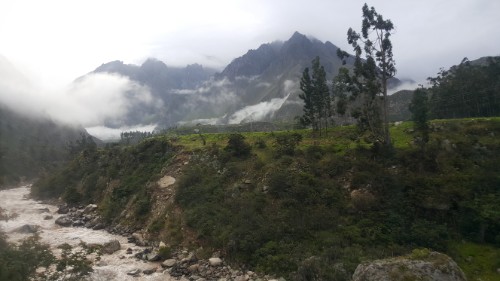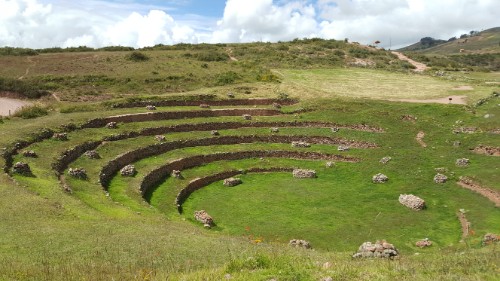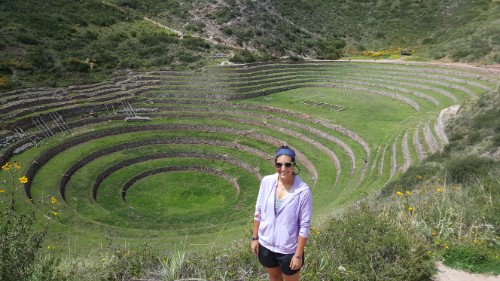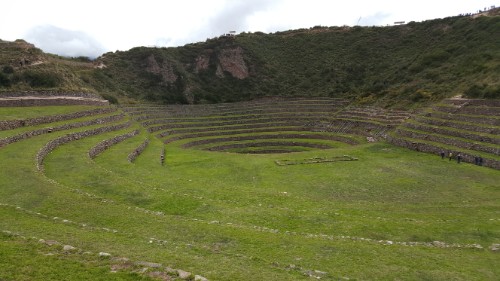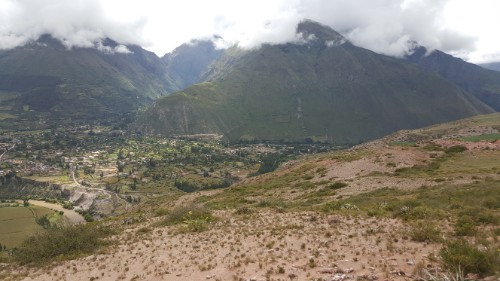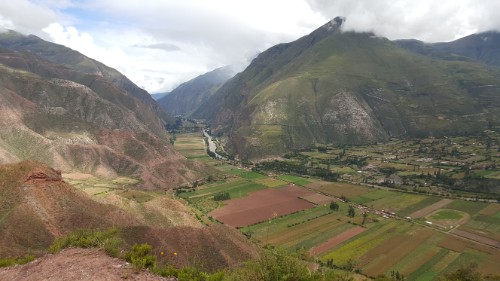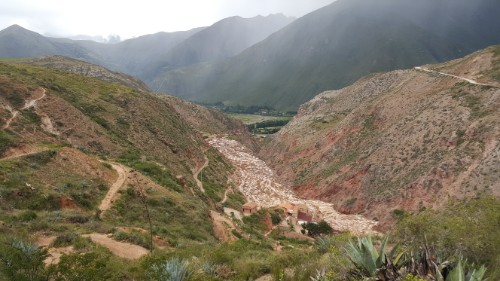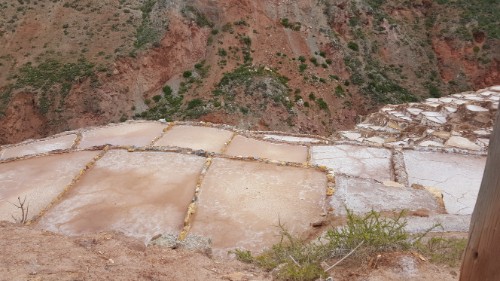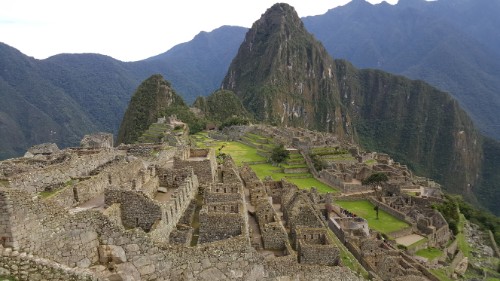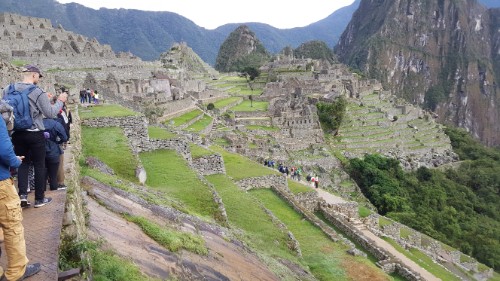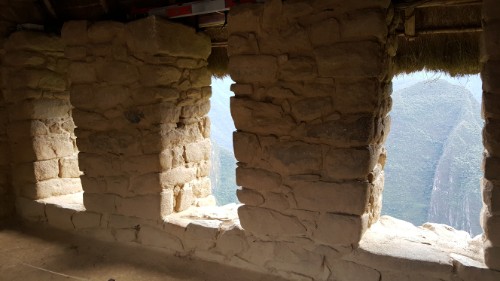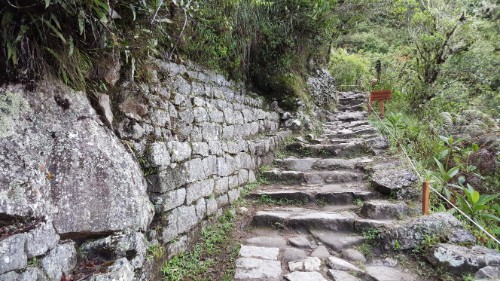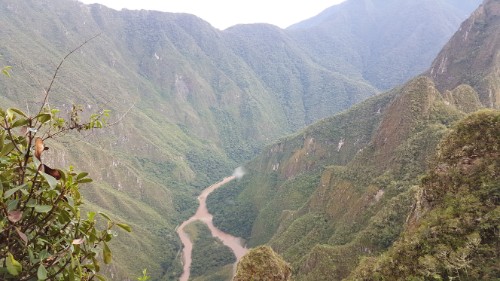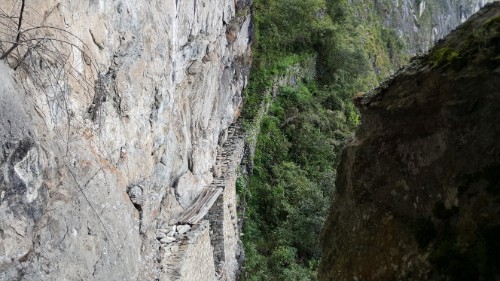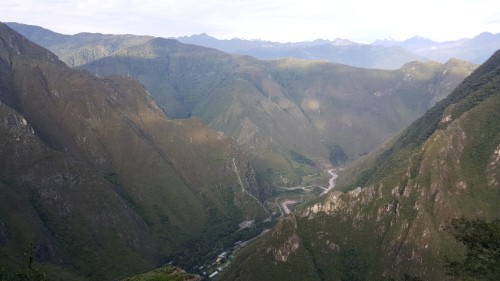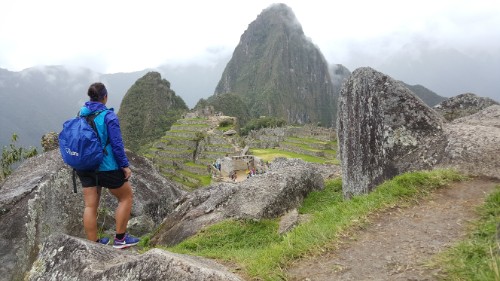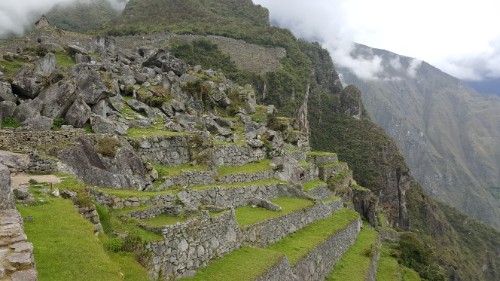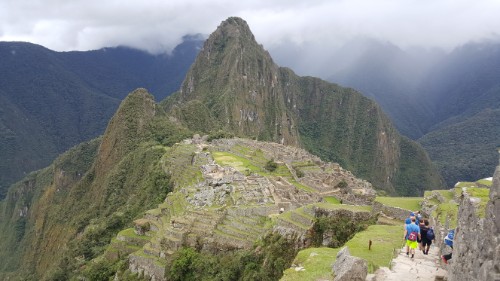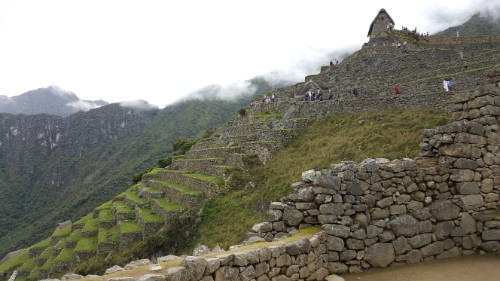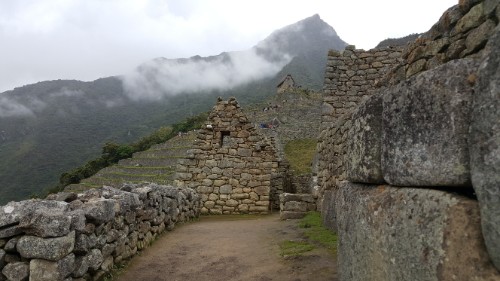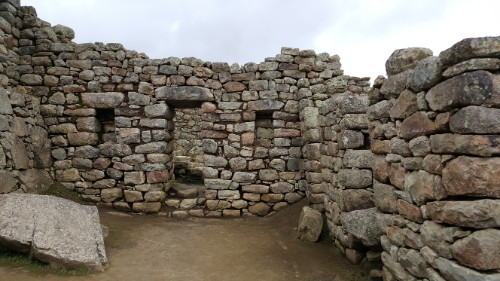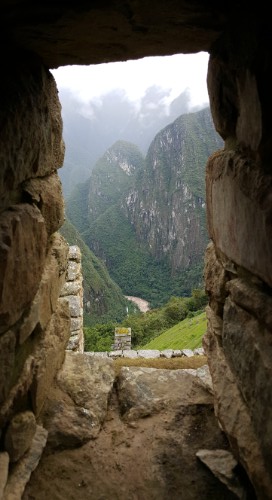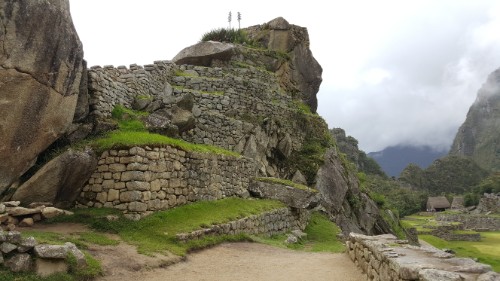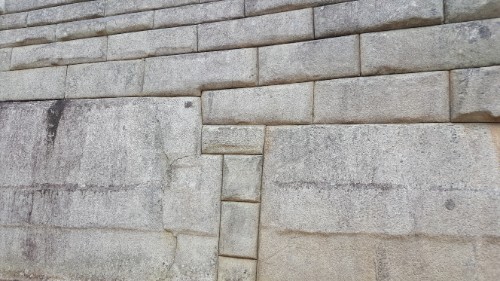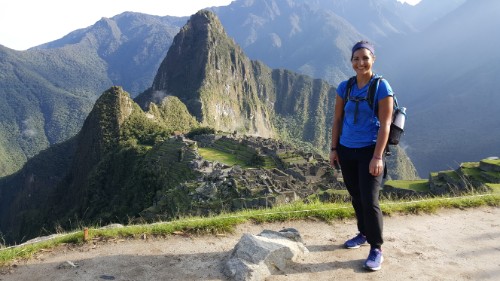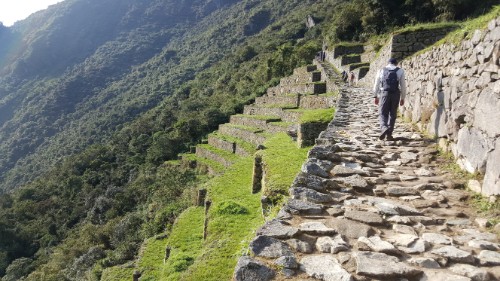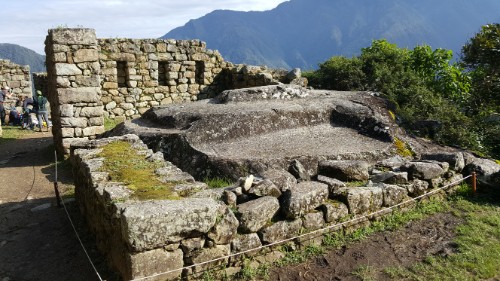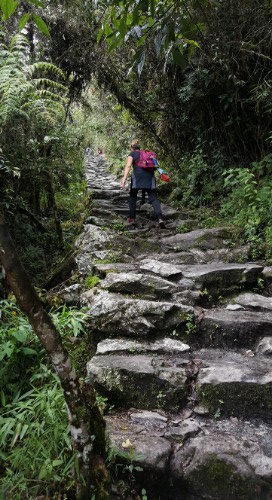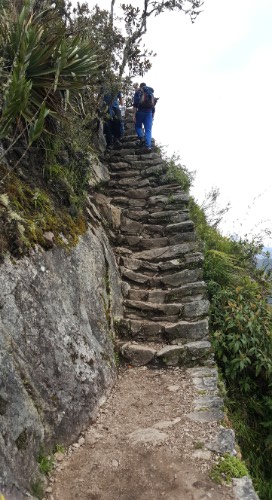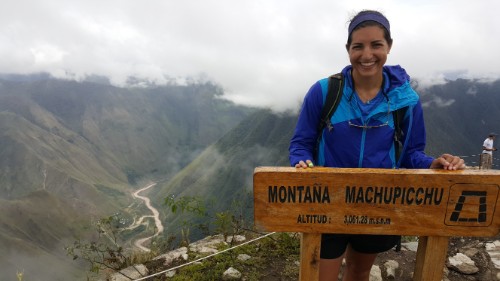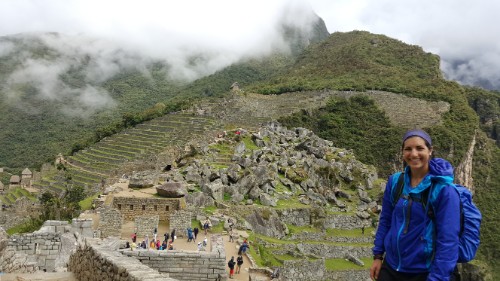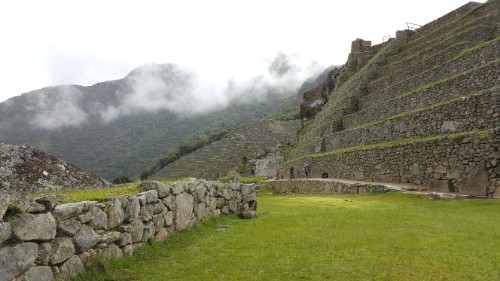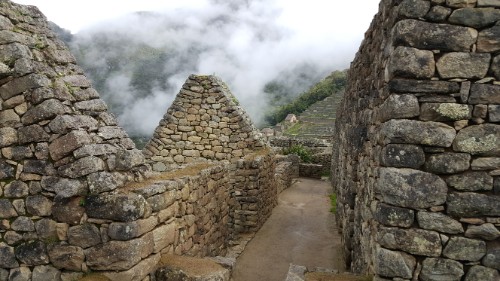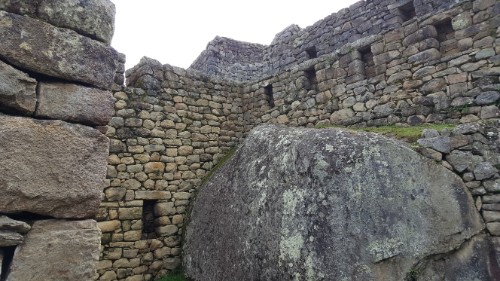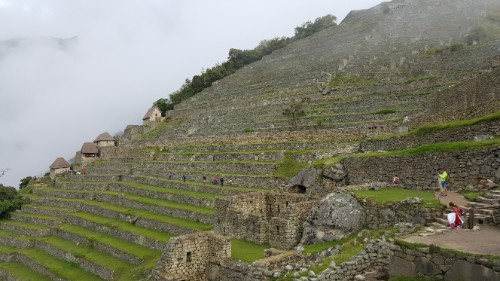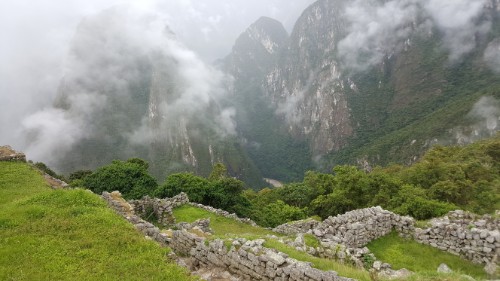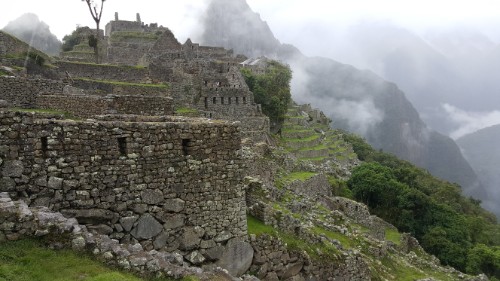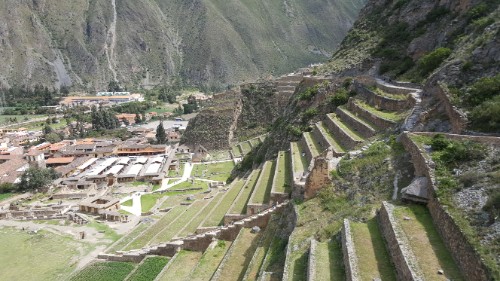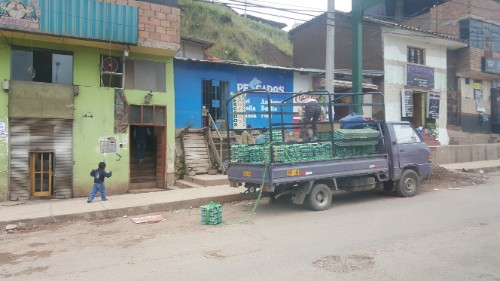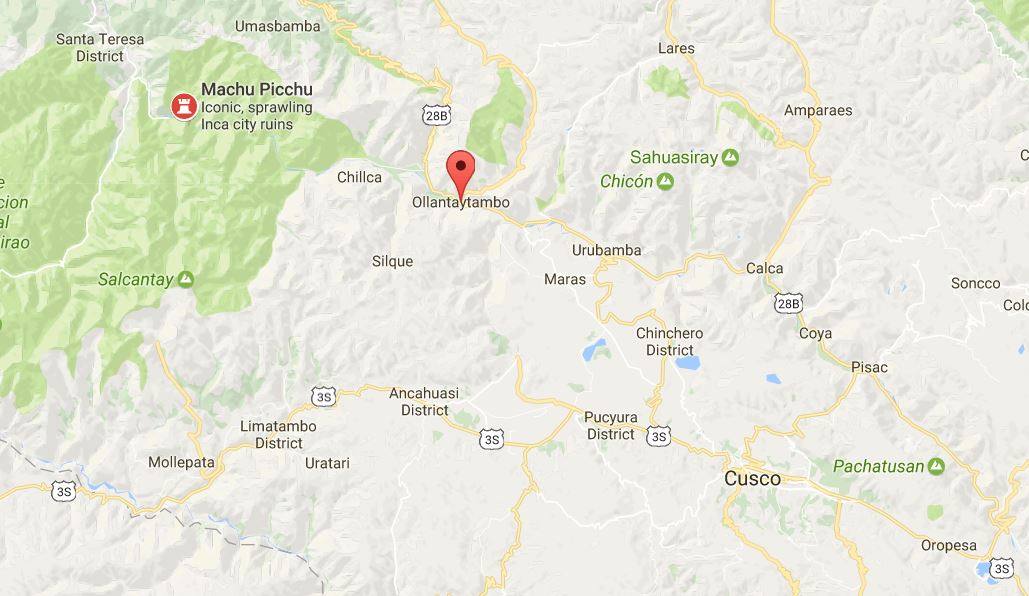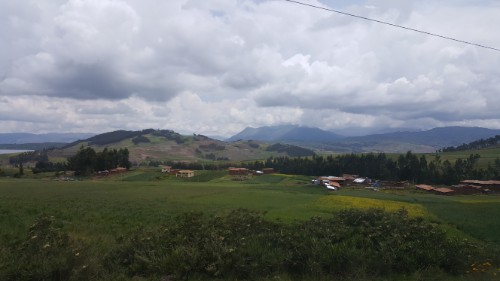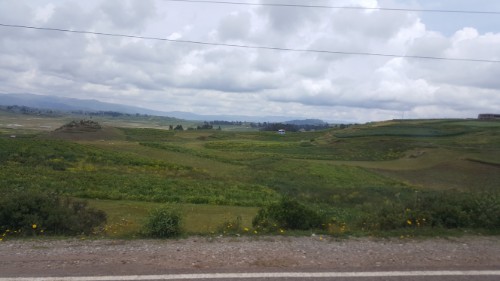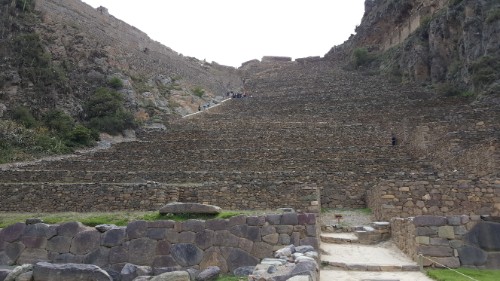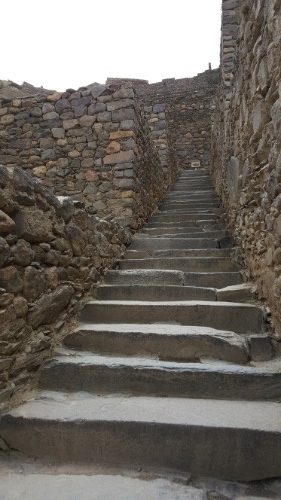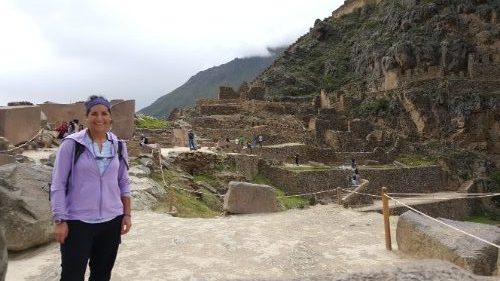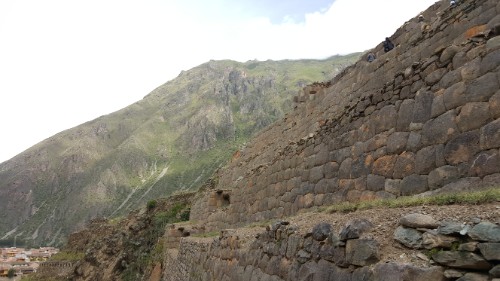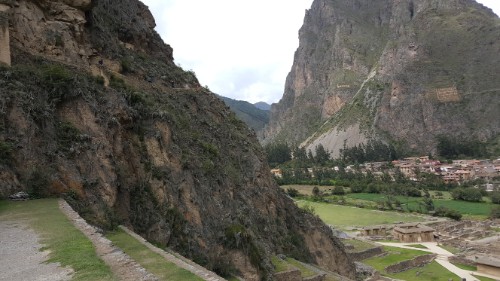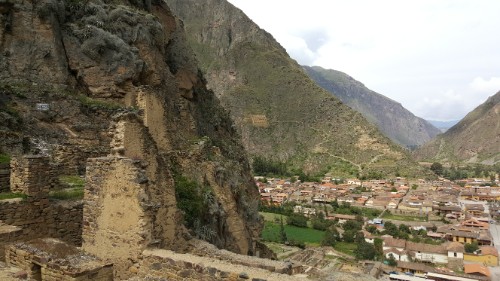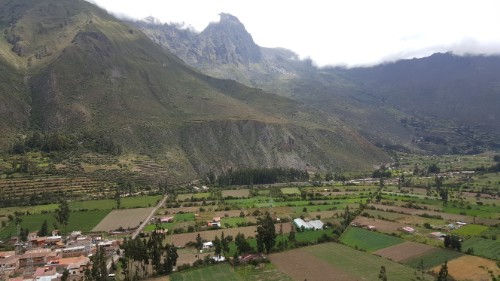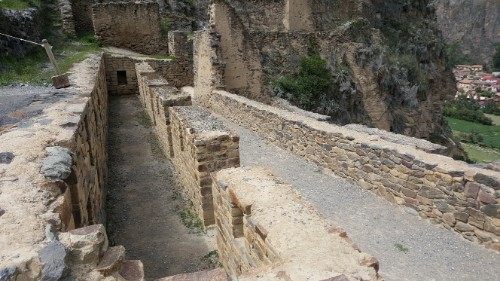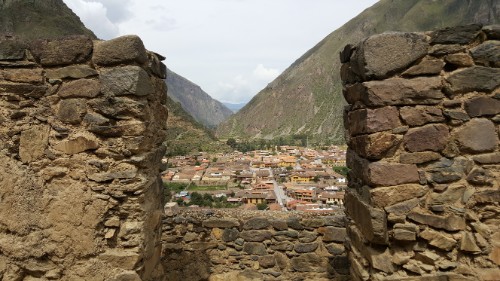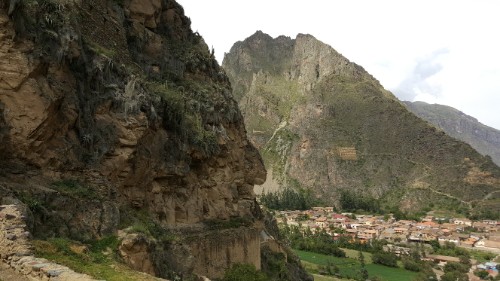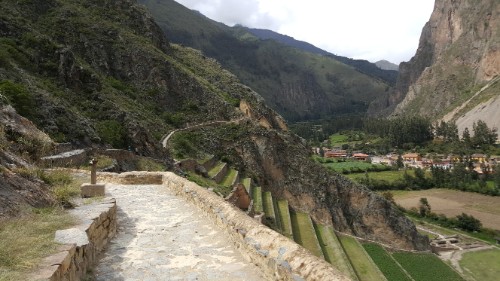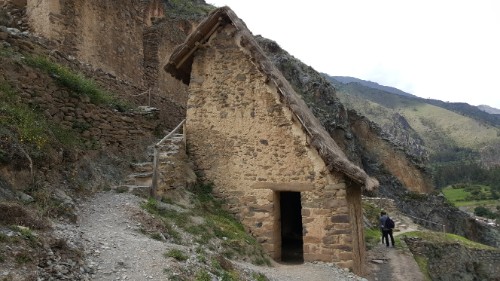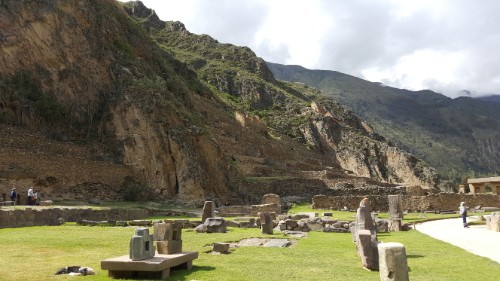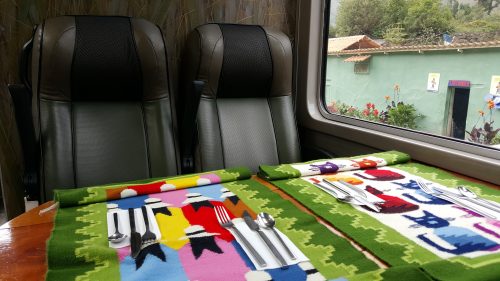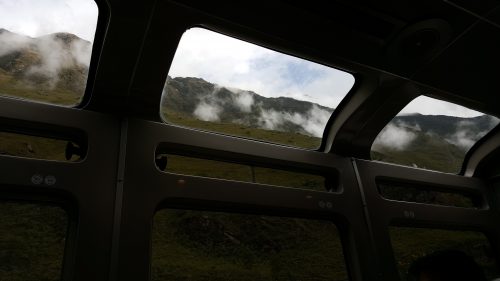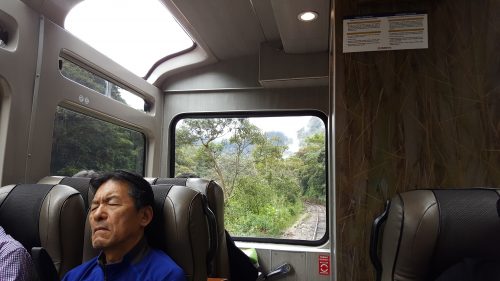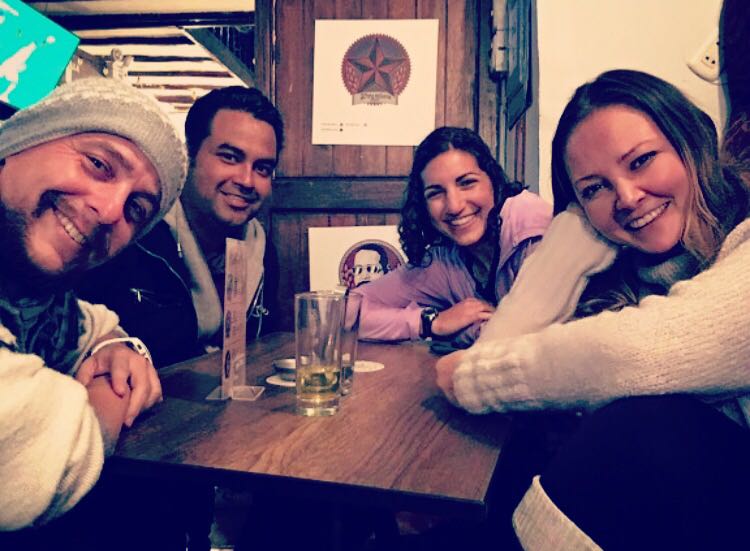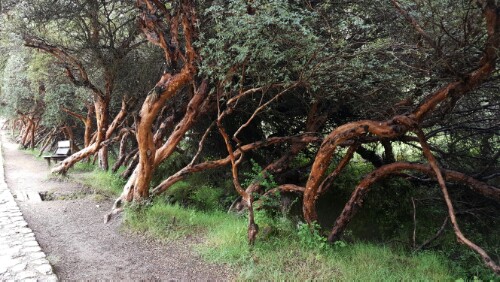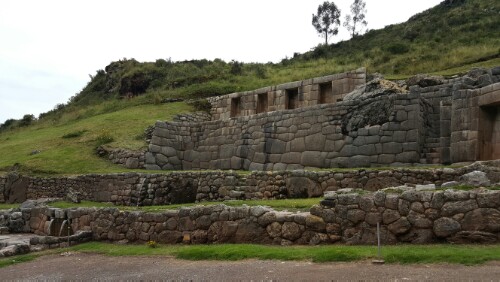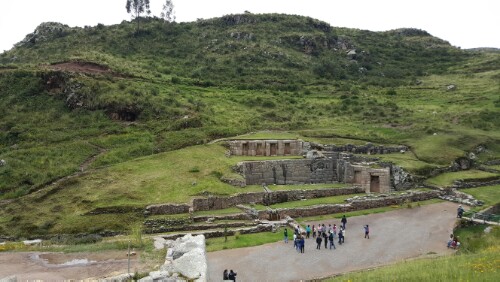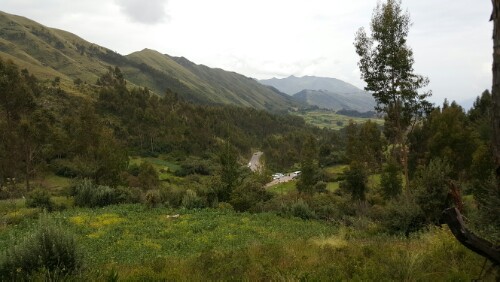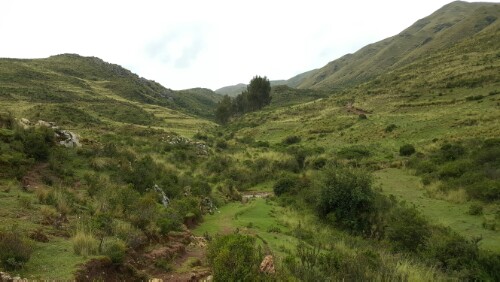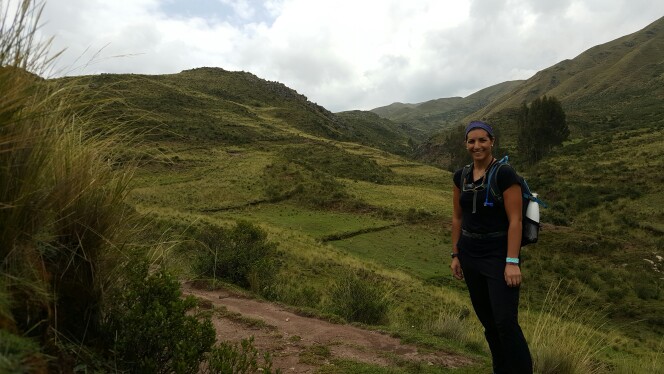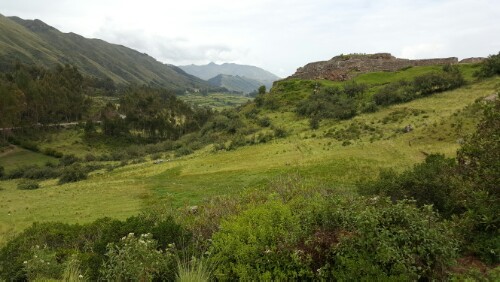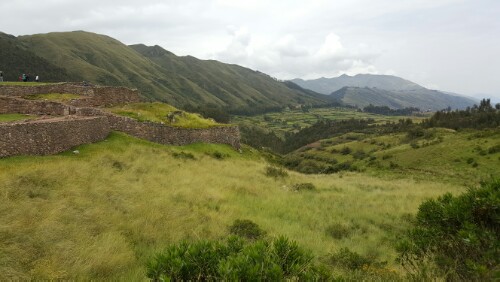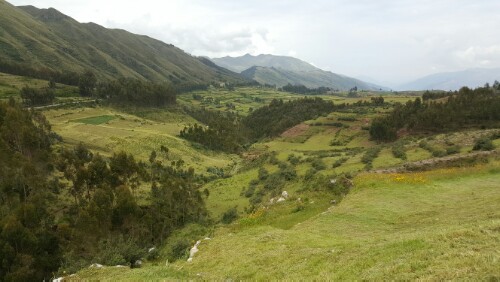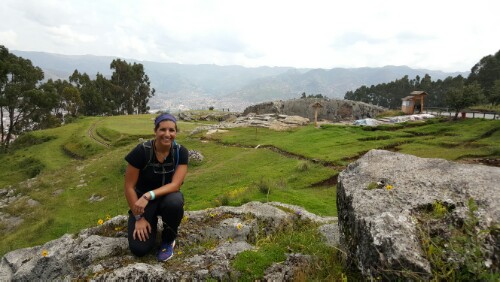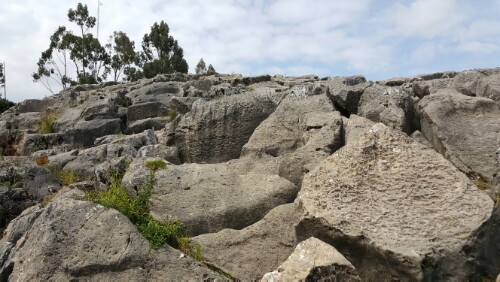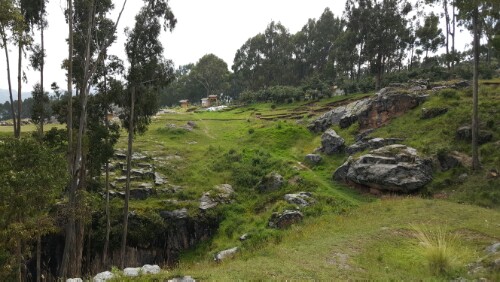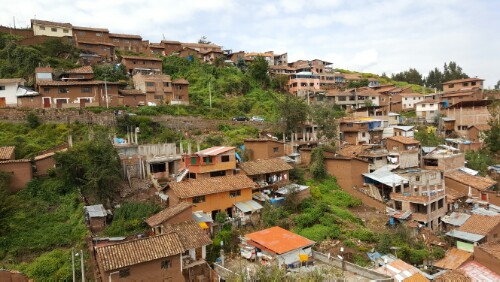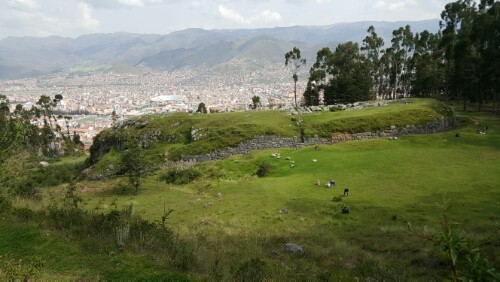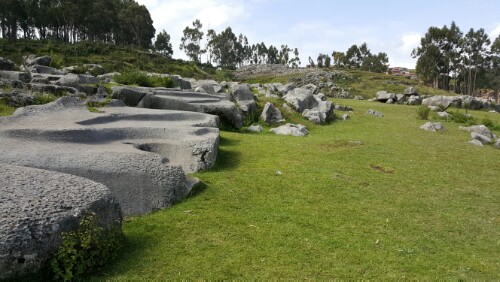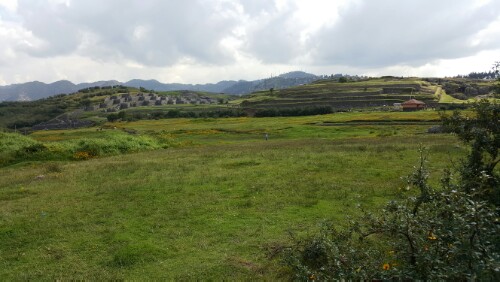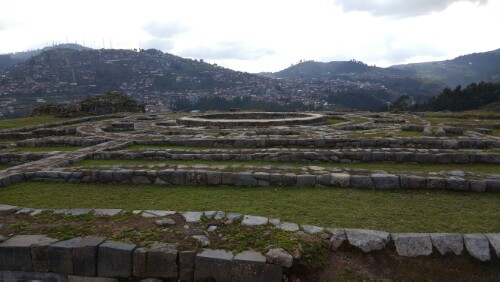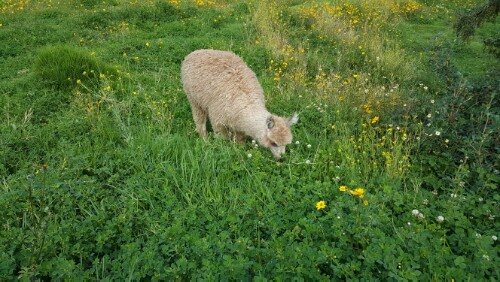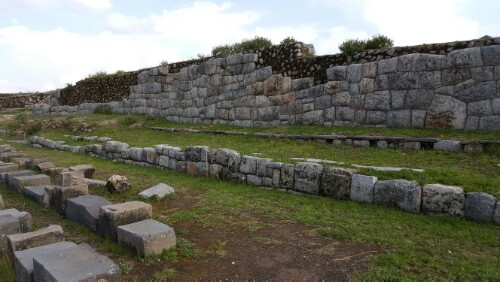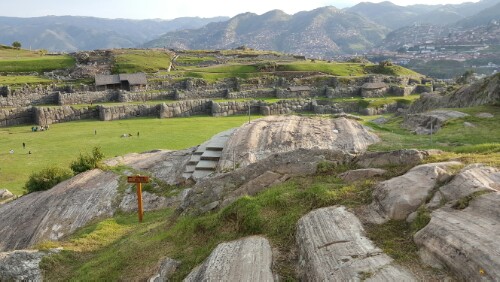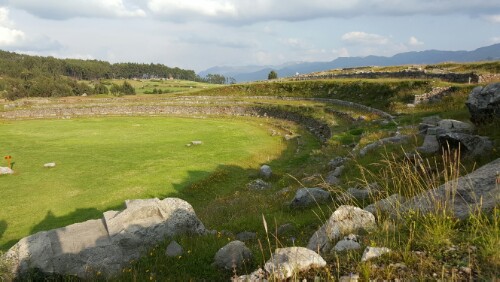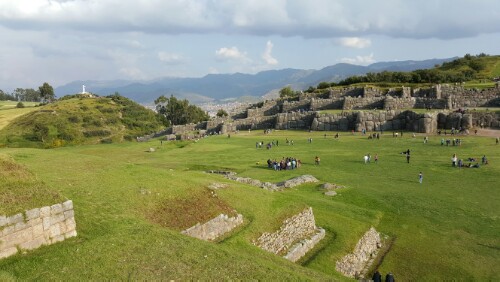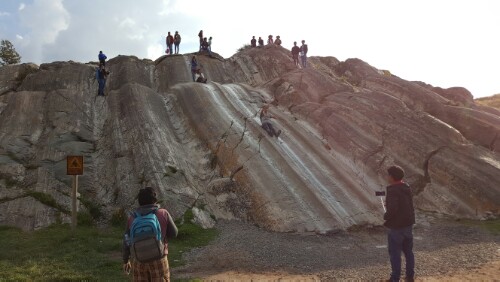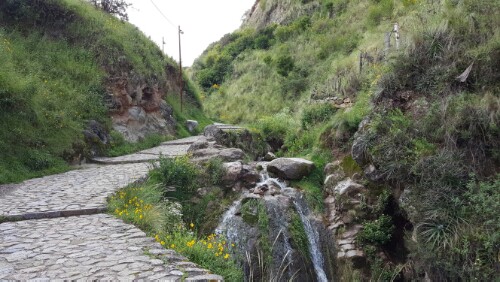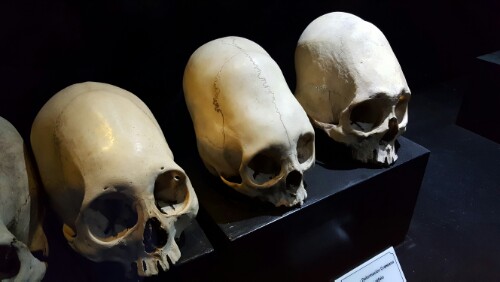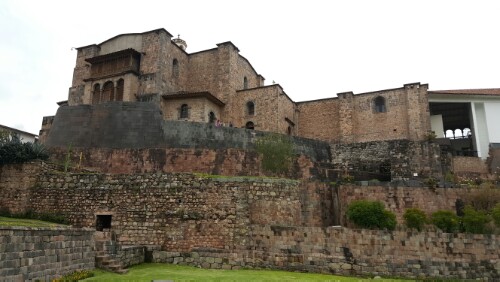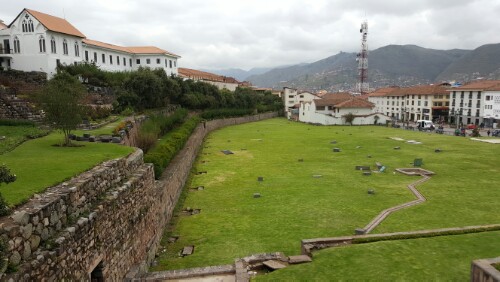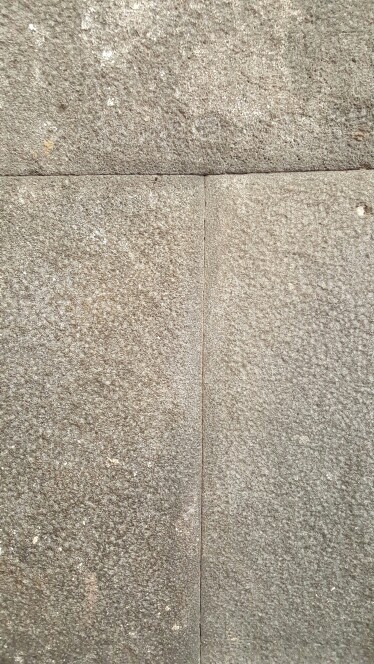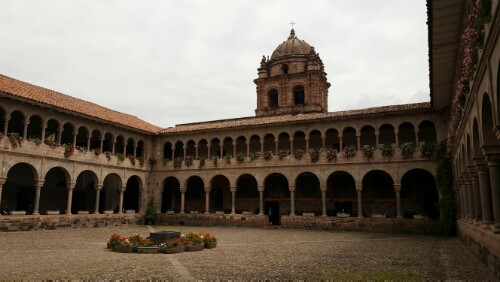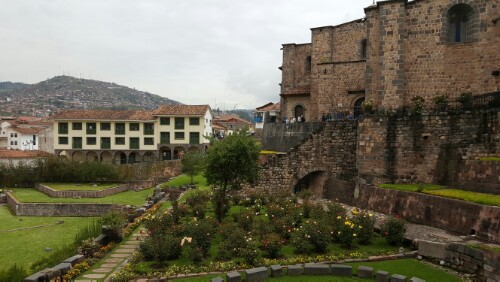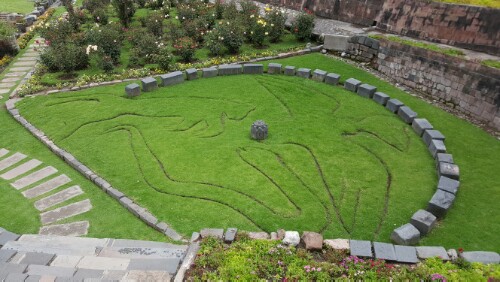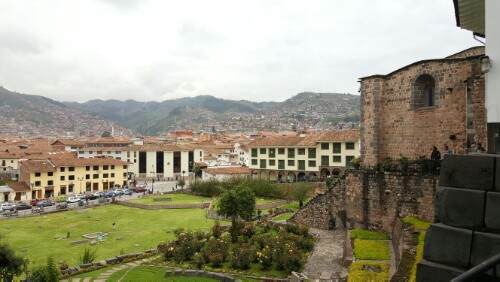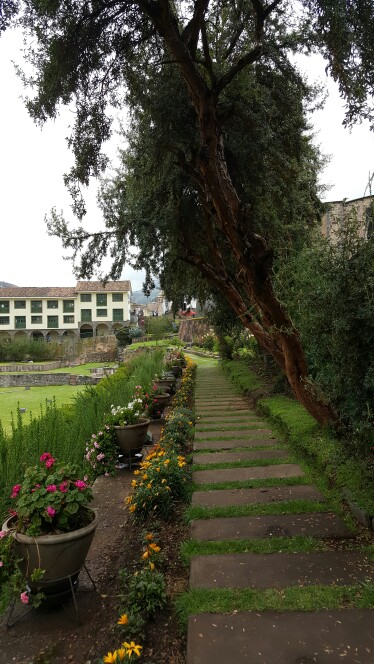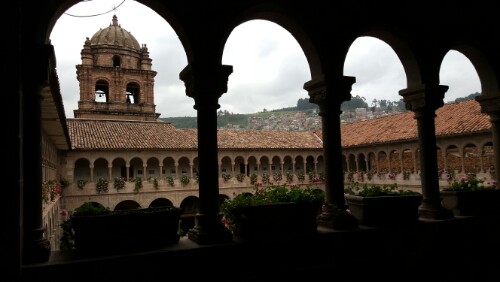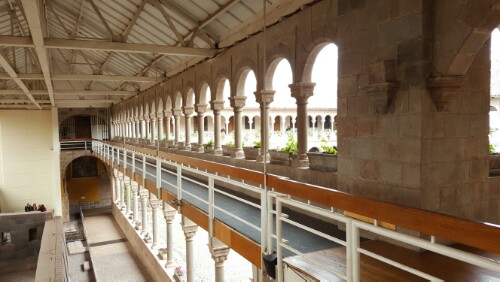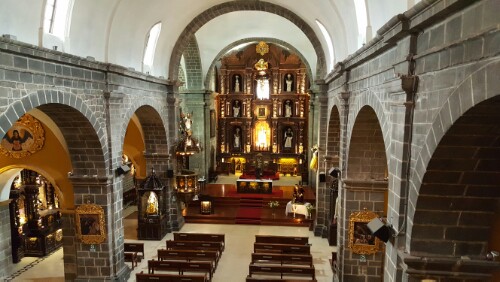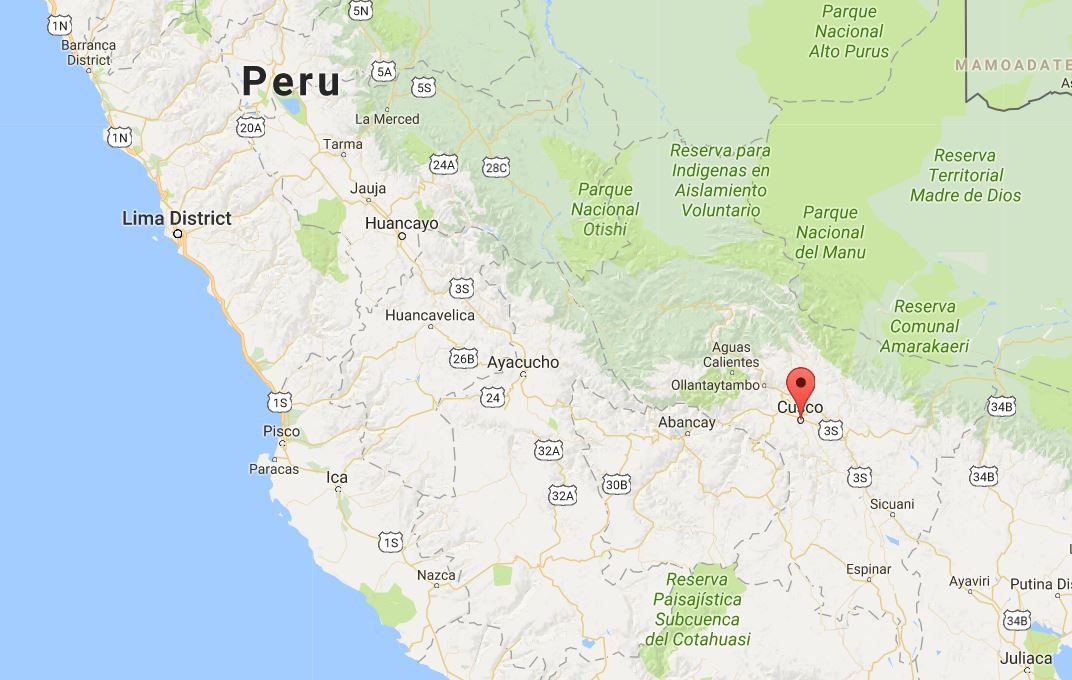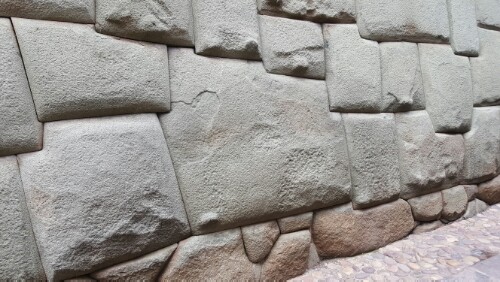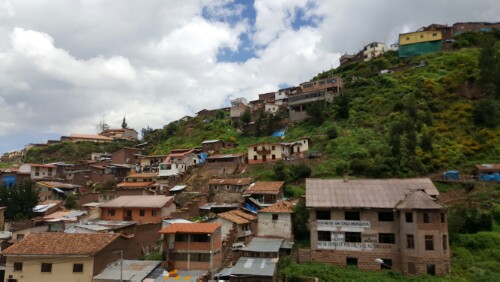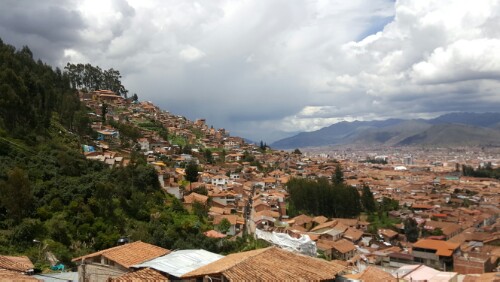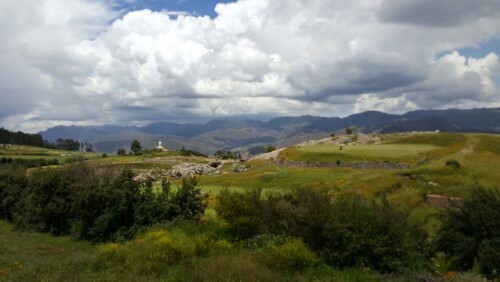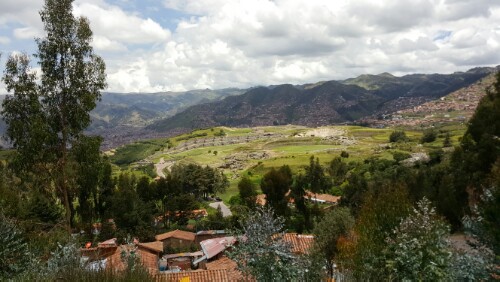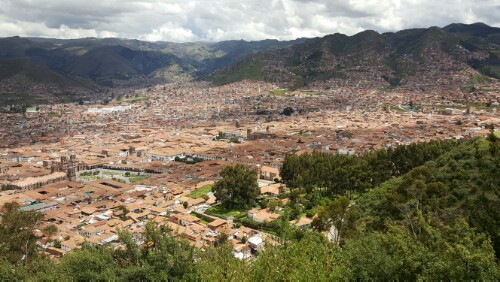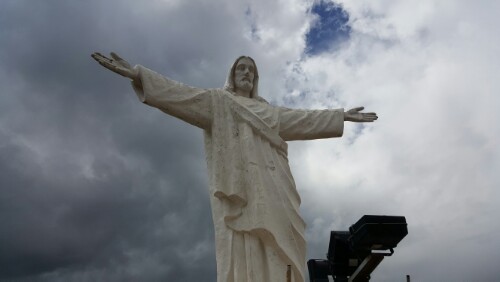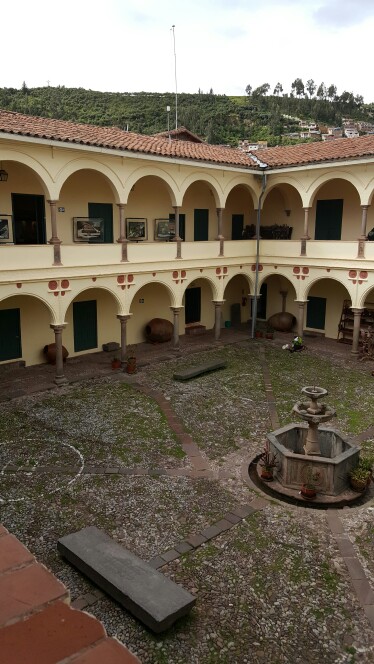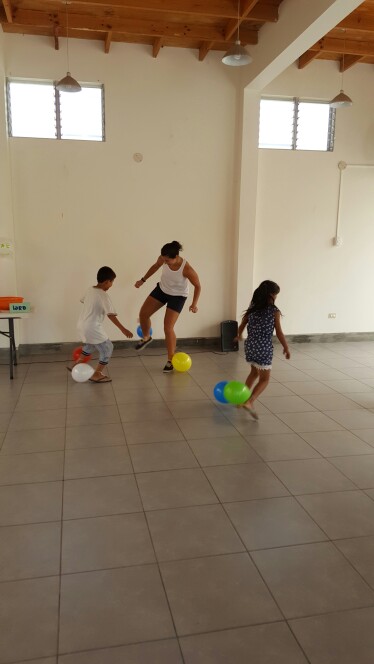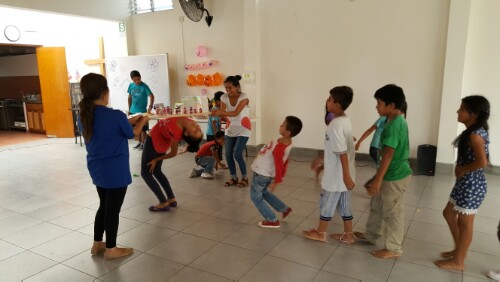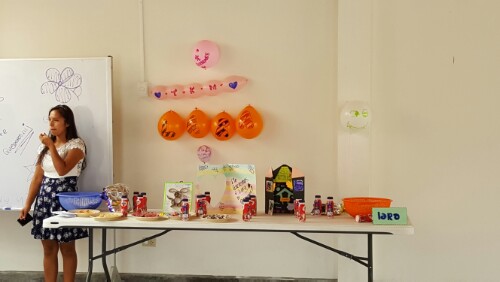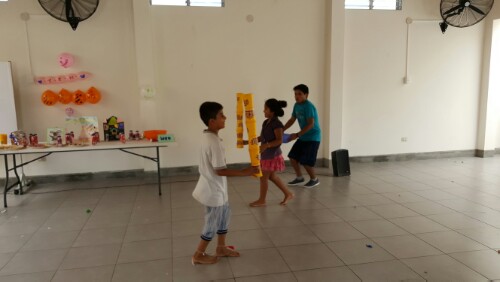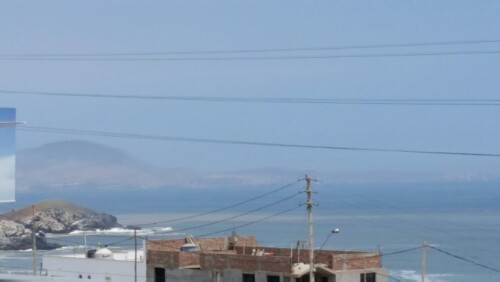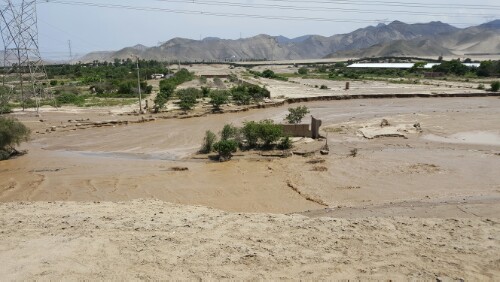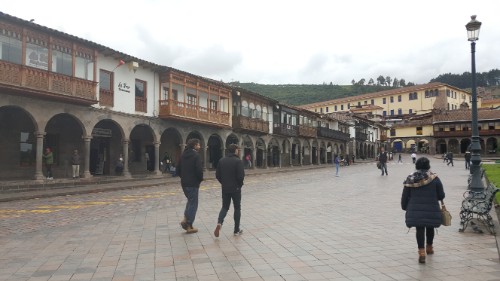
I didn’t have a very ambitious day planned for my final one in Cusco. Originally, I had been thinking that I would do a day trip to one of the towns close to Cusco like Tipon or Pisac, but considering how I felt when I finally rolled out of bed, I figured it would be a better idea to just take it easy. Pretty much my entire body was aching. Between the hiking and biking, every muscle in my legs, plus my shoulders and back from carrying a backpack, wanted to die. Trust me, it’s an accomplishment that I even managed to motivate myself to leave the hostel.
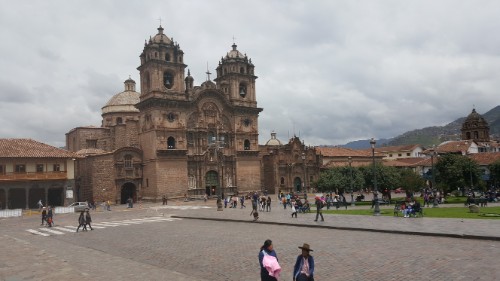
I decided to do the self-guided walking tour that I never got around to on day 1, and this time, I was sure to avoid every tour salesperson in the Plaza de Armas. I spent some time sitting on a bench in the plaza, then on the steps of the church, then on another bench. I know, really strenuous stuff. I just wanted to have some time to get to know the personality of the city. I spent all of my other days running all over, and I never had a chance to just sit and observe the people and understand what makes Cusco unique, besides all of the mountains and pretty buildings.
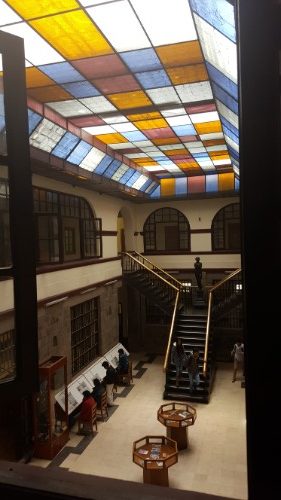
After sitting in the main plaza, I continued my stroll, browsed the public library (a popular tourist destination, I’m sure – not), sat in a few other, smaller plazas, watched tourists take pictures with alpacas and get harassed by people selling paintings and necklaces and whatever else, saw schoolkids getting into after-school mischief, visited the market, and tried to imagine myself as a Cusco-ian (or whatever the word would be).
My late afternoon was spent reading in a cozy little plaza by my hostel. I don’t know, I guess some people might think that I wasted my last day, but sometimes it’s fun to do normal things in a new place and pretend for a second that it’s your usual life. The city and I bonded.
Well, I didn’t spend the WHOLE day just wandering. I had a nighttime plan to go to the Cusco planetarium! I love stars, so this was something that I had been looking forward to. The Cusco twist is that besides talking about normal constellations, they also talk about the Inca constellations.
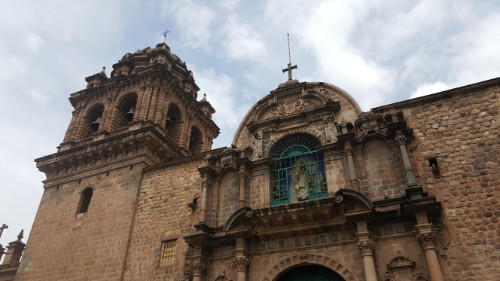
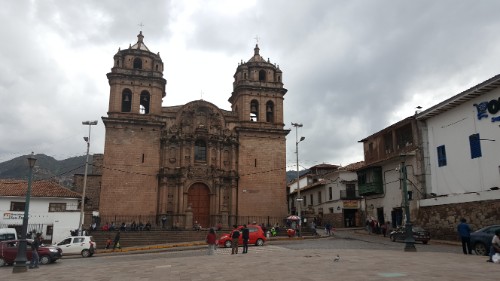
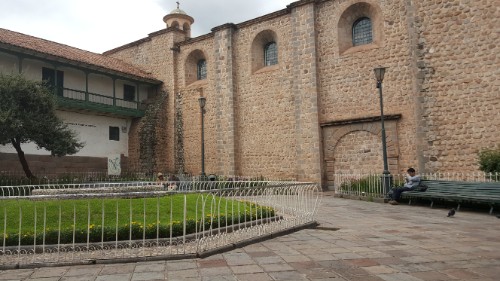
The planetarium woman started out talking about rivers. Okay, not exactly the introduction I was expecting, but sure. She mentioned that Peru is the most ecologically diverse country in the world. I think I talked about this before, but Peru has 30 out of the 32 climates and something like 84 out of 114 microclimates in the world (don’t quote me because I couldn’t find support for that statistic, but that’s what she said). A number of them are quite fragile, so climate change is a very real issue for Peru as they’re already seeing big impacts on their wildlife. She said that many of the Andes mountains around the Sacred Valley used to be snowcapped about 15 years ago, and now barely any of them are. It was interesting to hear about things from her perspective, based on things she’s seen through her lifetime. Anyway, she tied all of this into how the rivers are the source of life. This is how the Incas saw them as well, so for them, the rivers were incredibly important. Ready for this segue from rivers to stars? The Milky Way was seen as the river of the sky. Aha.
We headed into the planetarium, and she showed us the night sky and some of the “modern day” northern constellations before switching to the southern hemisphere. That was cool because, as I realized, I know nothing about the southern sky, but of course there are just as many constellations as in the north.
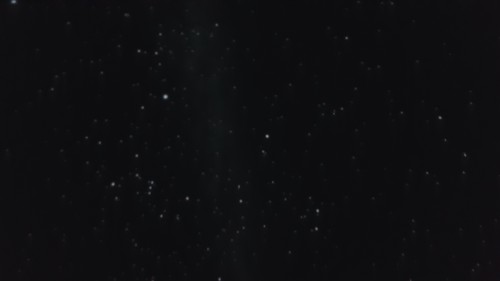
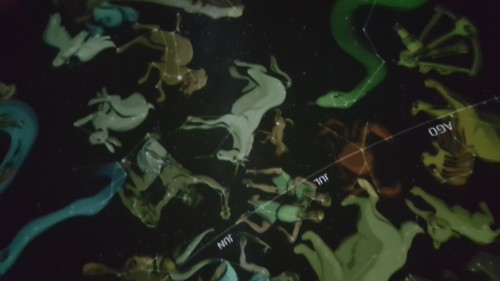
Finally, we got to the Inca constellations. Some of them were constellations in the way we see them, by drawing lines between the stars. However, they also saw figures in the dark spots in the Milky Way. To them, the Milky Way was a river in the sky, and the creatures they saw inside were alive (because river = life). Here’s an image of the dark spot constellations:

She said that the most important one is the llama. The Incas believed that the llama came at night and drank from the rivers and streams on earth to keep them from overflowing. When it rains, it’s star llama pee. Who knows? Maybe she was just messing with us, but that’s what she said. I like it though, so I’m going to call it fact.

